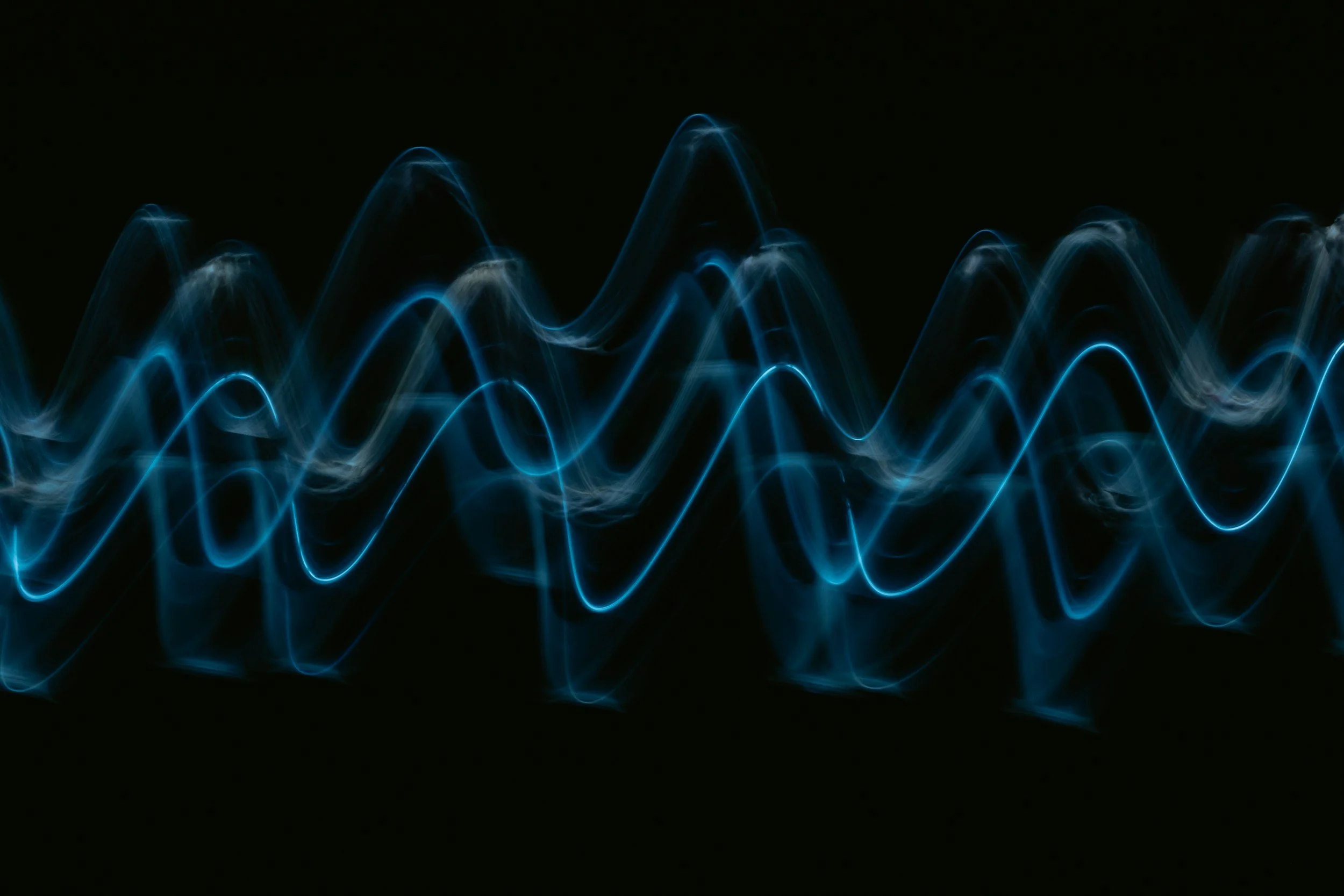
Haptic Storytelling: Where Technology Meets the Body
At Maziart Inc., we’re constantly exploring how to deepen immersion in storytelling. One of our most promising avenues of research is haptic augmentation—the use of vibration-based wearable technology to create emotional, sensory, and narrative impact. Over the past two years, we’ve integrated haptic systems into immersive experiences, installation art, and live events to explore how the body can feel a story, not just watch or hear it.
From space missions to dreamlike memories, we’re experimenting with how tactile cues can evoke awe, empathy, and meaning in new ways.
artist’s intent
My artistic practice, Playformance strives to situate the human body as the serendipitous actuator of conceptual audiovisual content to offer a live, undirected and visceral experience for the performer as well as for the audience. In other words, the body-muse as a translator of virtual amplification.
The Dissolving Self project is part of a series of works that offer the space for the performer to rethink her craft in unexpected ways through the incorporation of interactive technology, which holds the potential to convey her inner thoughts and/or motives. Live movements on stage serve as the kinetic form of creative articulation, and are digitally translated to trigger multimedia in real-time. A gyroscope and a radio module (Xbee) worn by the dancer measure and transmit speed of rotation and a Microsoft Kinect captures lateral movement. These two sets of live data are fed into Processing, an open source software to create a responsive and metaphoric visualization that is projected over the dancer.
the process.


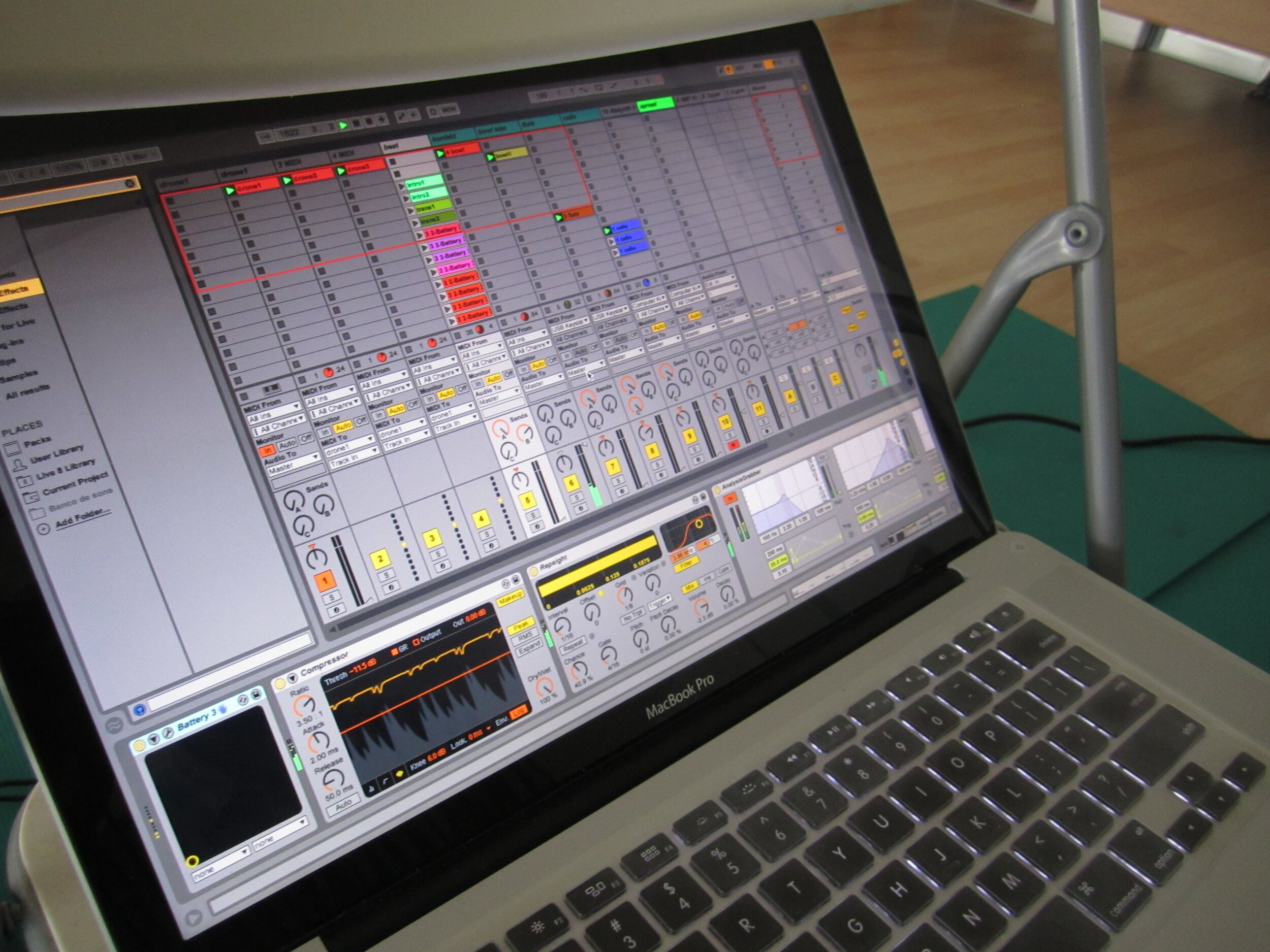



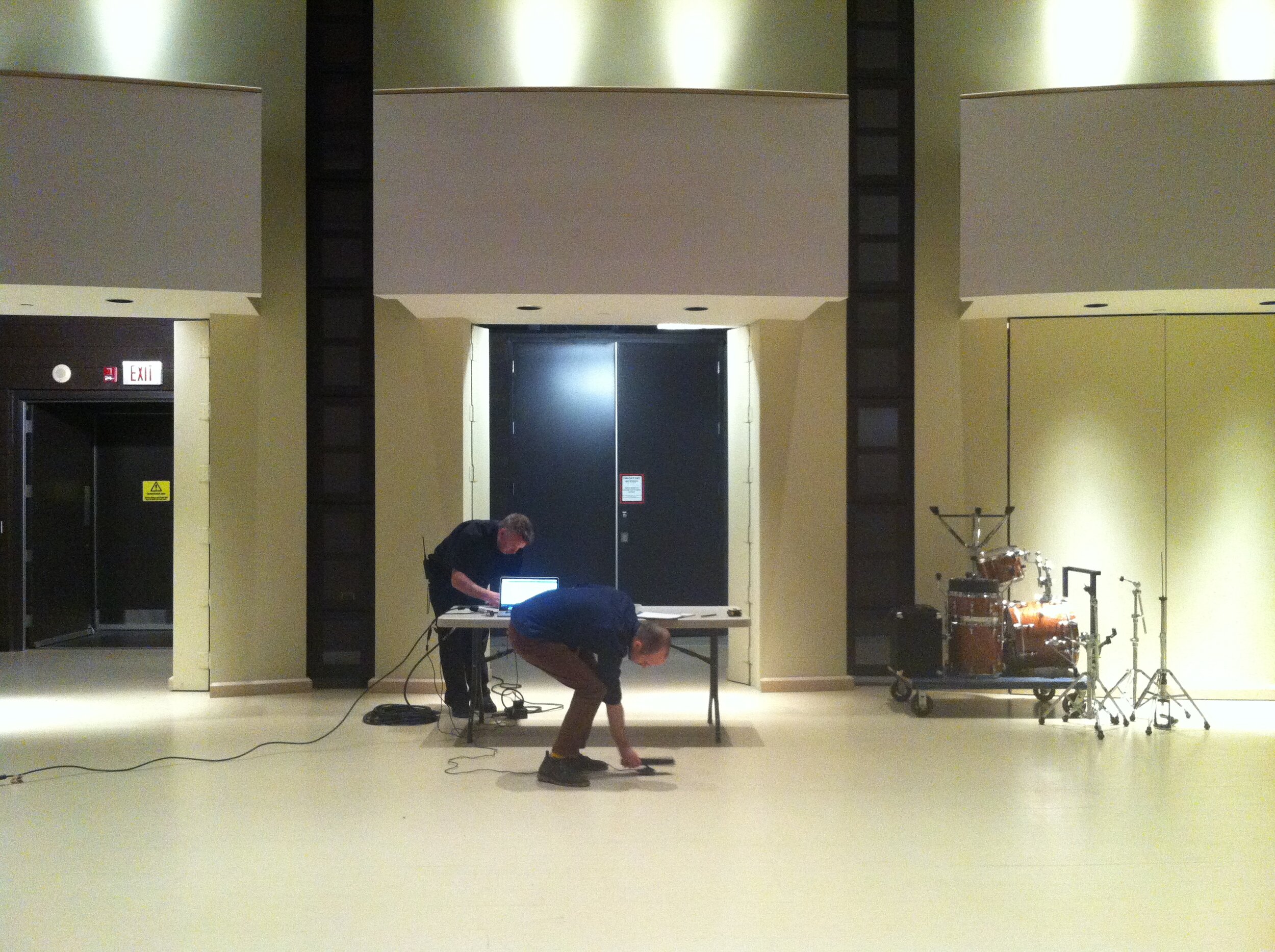

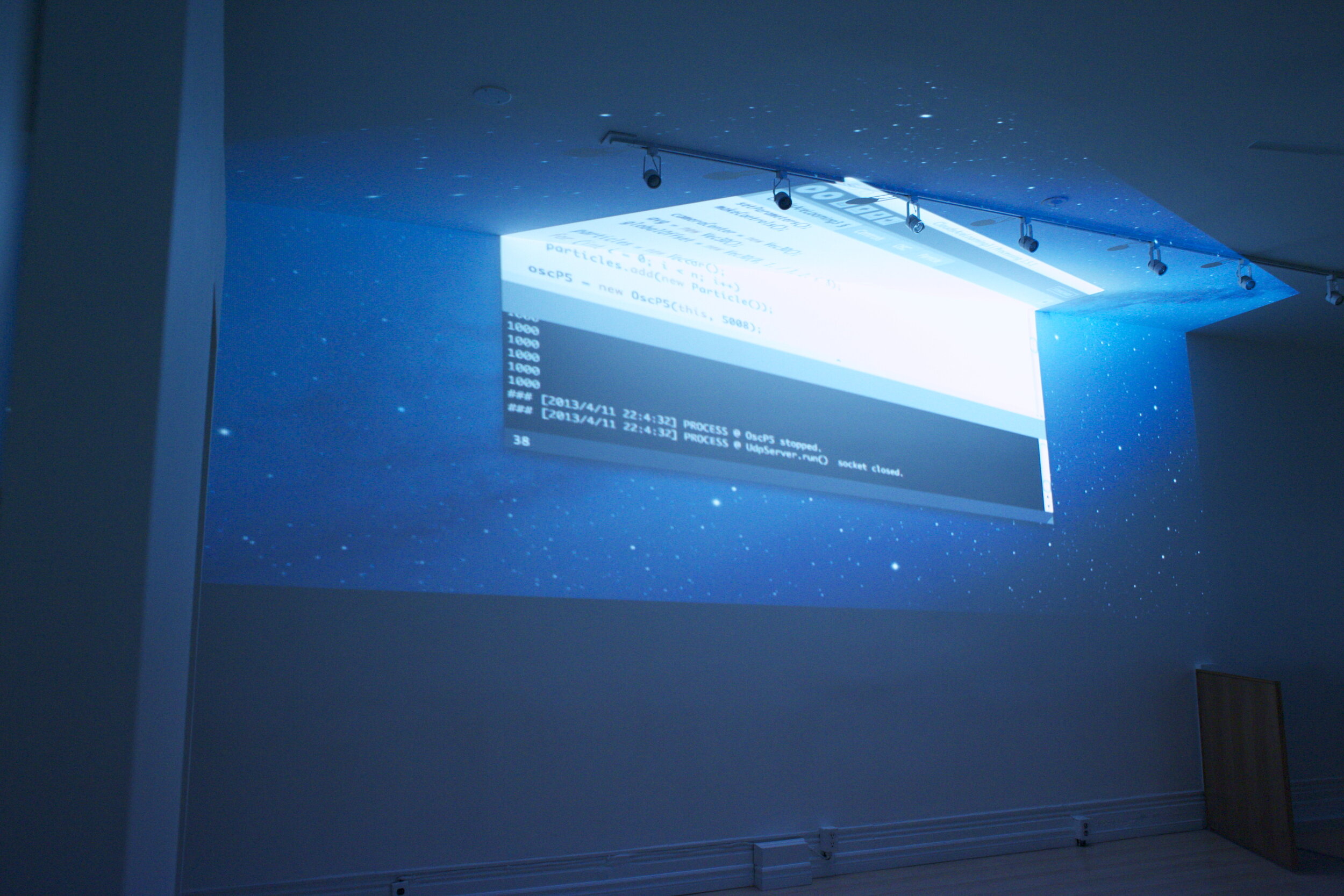




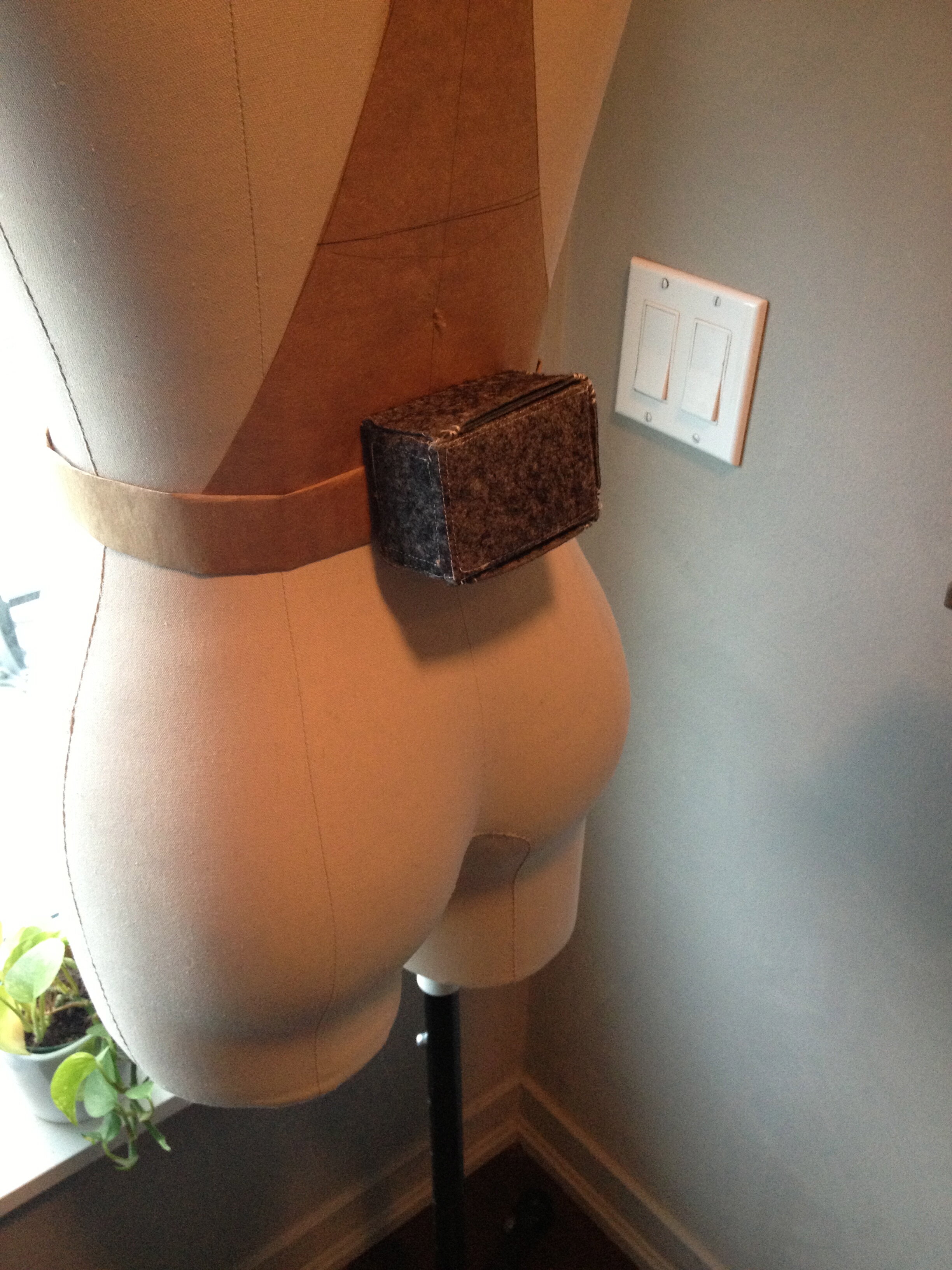




the shows.
Dissolving Self was curated and publicly showcased twice. First at the HASTAC (Humanities, Arts, Science, and Technology Alliance and Collaboratory) academic conference at York University in 2013. And then by Zayed University and the American University of Dubai for ISEA (the International Symposium of Electronic Art) held in the UAE in 2014.
Toronto, Canada
Dubai, UAE
Maziar Ghaderi
Original Concept, Creative Direction
Ryan Maksymic
Technical Direction
Carlos Montenegro, student sponsored by CNPq - Brazil & Tamara Montenegro
Sound Design, Technical Assistance
Denise Mireau, Studio for Movement & Vrinda Bhandula
Choreography, Dancer
Loretta Faveri
Designer, Seamstress



